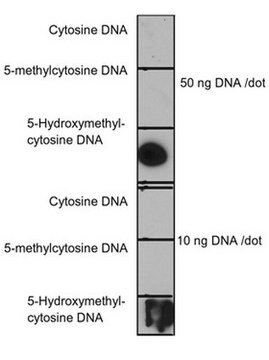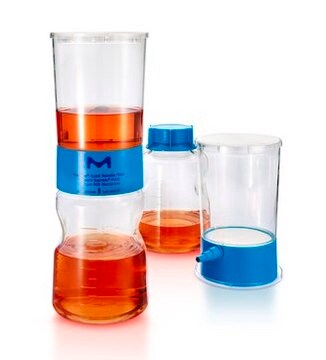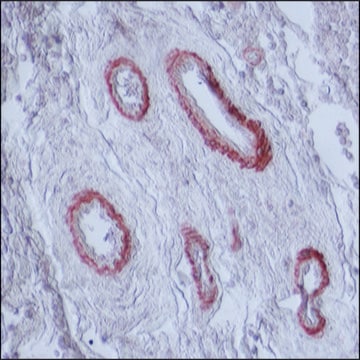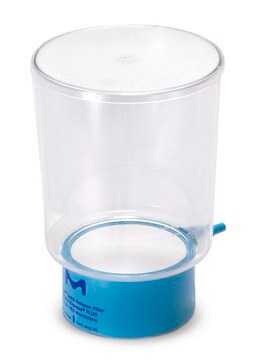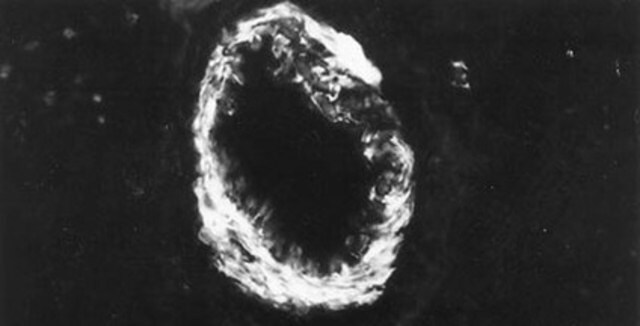MABE251
Anti-5-hydroxymethylcytosine (5hmC) Antibody, clone HMC 31
clone HMC 31, from mouse
About This Item
Produits recommandés
Source biologique
mouse
Niveau de qualité
Forme d'anticorps
purified immunoglobulin
Type de produit anticorps
primary antibodies
Clone
HMC 31, monoclonal
Réactivité de l'espèce (prédite par homologie)
all
Technique(s)
ELISA: suitable
dot blot: suitable
methylated DNA immunoprecipitation (MeDIP): suitable
Isotype
IgG1κ
Conditions d'expédition
wet ice
Modification post-traductionnelle de la cible
unmodified
Description générale
Spécificité
Immunogène
Application
Methylated DNA Immunoprecipitation (MeDIP) Analysis: A representative lot immunoprecipitated 5-hydroxymethylcytosine in ChIP.
Epigenetics & Nuclear Function
Chromatin Biology
Qualité
Dot Blot Analysis: 0.1 µg/mL of this antibody detected 5-hydroxymethylcytosine in 10 ng and 50 ng of unmodified and modified cytosine DNA.
Description de la cible
Forme physique
Stockage et stabilité
Remarque sur l'analyse
Unmodified and modified cytosine DNA.
Autres remarques
Clause de non-responsabilité
Vous ne trouvez pas le bon produit ?
Essayez notre Outil de sélection de produits.
Code de la classe de stockage
12 - Non Combustible Liquids
Classe de danger pour l'eau (WGK)
WGK 1
Point d'éclair (°F)
Not applicable
Point d'éclair (°C)
Not applicable
Certificats d'analyse (COA)
Recherchez un Certificats d'analyse (COA) en saisissant le numéro de lot du produit. Les numéros de lot figurent sur l'étiquette du produit après les mots "Lot" ou "Batch".
Déjà en possession de ce produit ?
Retrouvez la documentation relative aux produits que vous avez récemment achetés dans la Bibliothèque de documents.
Notre équipe de scientifiques dispose d'une expérience dans tous les secteurs de la recherche, notamment en sciences de la vie, science des matériaux, synthèse chimique, chromatographie, analyse et dans de nombreux autres domaines..
Contacter notre Service technique